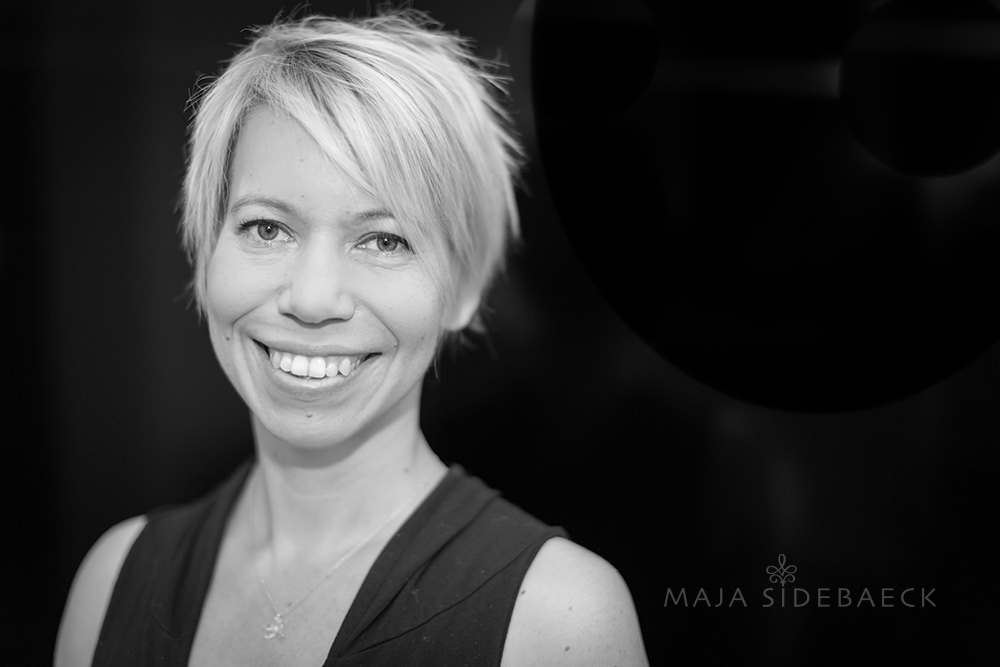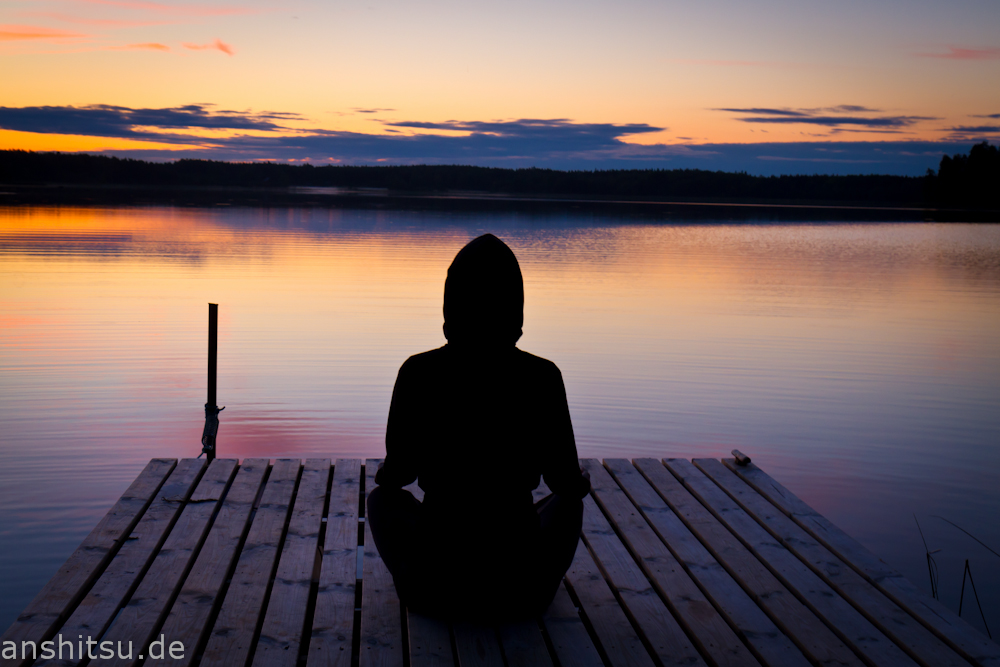
Let yourself be uncomfortable
Let yourself be uncomfortable
In case you hadn’t noticed, life isn’t just rainbows, roses and kittens, and even if you practice yoga all day long you will not be eternally happy. Yoga is unfortunately not a magic pill that will remove all undesired experiences and feelings, but what it can do is teach us how to deal with the inevitable discomforts and pains of life in a better way.
Most of us really don’t like being uncomfortable. We may spend a fair amount of energy avoiding situations that make us feel that way. Sometimes that really is the best choice. There are situations that we are better off staying away from, but oftentimes it is precisely the situations that we fear that help us grow and develop as human beings. We may have to put ourselves in these situations in order to get to someplace we want to be, or learn something we need to learn.
Consider for example the many people who suffer from some degree of social anxiety. They find it frightening to speak to people they don’t know, or worse yet, having to speak in front of a group of people they don’t know. At the same time they may crave being seen and heard by other people, or they may need to connect with others in order to create desired opportunities for themselves. Avoiding situations involving new people may feel better in the moment, but will fail to provide what is wanted in the longer term. Most likely the idea of speaking with new people will become even more frightening.
When we avoid facing our fears our worlds tend to shrink.
When we do find ourselves in uncomfortable situations that we haven’t been able to avoid, it is very common to try to resist the sensations we don’t like by physically tensing up. This reaction is more harmful than helpful. Not only will it not help against the discomfort but may actually intensify it, not to mention the new tension that is created in the body.
Another popular method is to think very intensely about how we don’t like the situation, which will also only have the effect of making us feel worse. Sometimes we may try to ignore the discomfort and pretend it is not happening, which will have the effect of prolonging it. It will lodge itself somewhere in our mind/body until it gets the attention it seeks.
Suffering is in the mind, meaning it is not the pain or discomfort that cause us to suffer, but how we think about it and react to it. Yoga teaches us to be present with all sensations that arise without judging them or creating a storyline in our minds about them. When we open to uncomfortable sensations rather than closing down, we have a chance to move through them. The breath is, as always, a very helpful tool. If we can consciously relax the body and mind around the discomfort, while calmly breathing into it, it loses a lot of it’s power over us. It becomes easier to deal with. Pain will become less painful.
Now we have to be discerning in using this technique. There are situations that are harmful and that we simply need to get out of. Whether it is pain in your knee in yoga, or an abusive relationship, sometimes we need to change the situation altogether. There may also be situations that are so painful for us physically or emotionally that we need professional help dealing with them.
For most situations in our daily life, however, opening up to discomfort instead of closing down, can be transformative. We will free up a lot of physical and mental energy that was previously tied up in fruitless resistance, and enjoy the sense of possibility that comes with widening our horizons.



